4 area worksheets.
Worksheets include:
- Squares
- Rectangles
- Triangles
- Compound Shapes
An answer sheet has been provided.
Updated: 20 Nov 2023
4 area worksheets.
Non-Editable: PDF
Pages: 5 Pages
Years: 5 - 6
Tag #TeachStarter on Instagram for a chance to be featured!
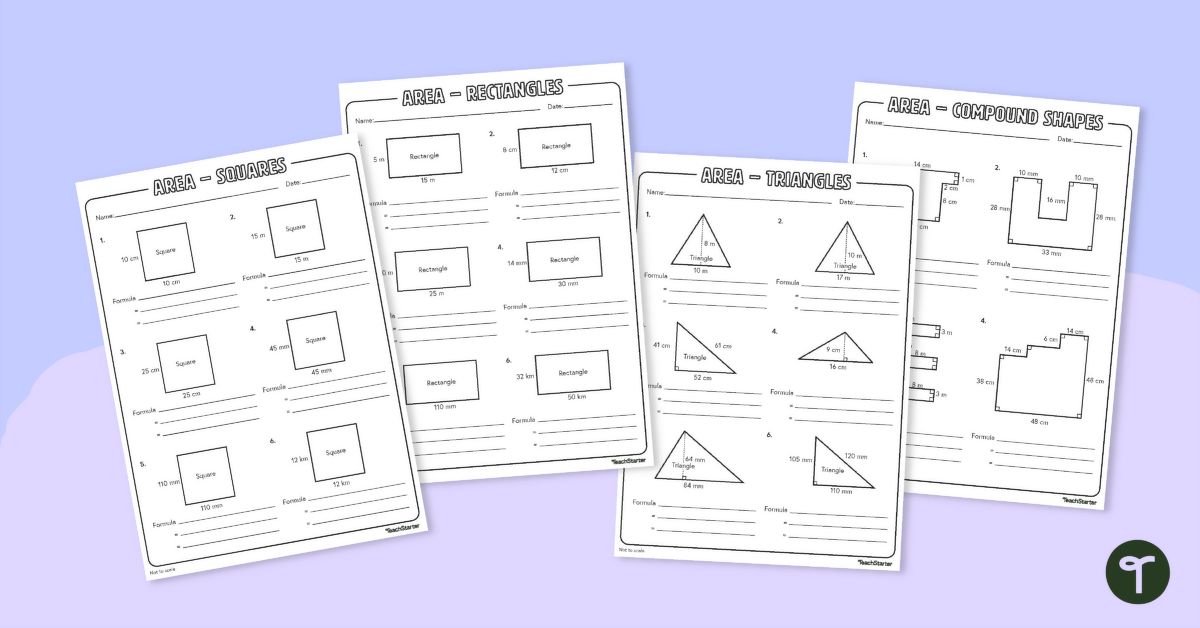
4 area worksheets.
Worksheets include:
An answer sheet has been provided.

We create premium quality, downloadable teaching resources for primary/elementary school teachers that make classrooms buzz!
Would you like something changed or customised on this resource? While our team makes every effort to complete change suggestions, we can't guarantee that every change will be completed.
Did you spot an error on this resource? Please let us know and we will fix it shortly.
Are you having trouble downloading or viewing this resource? Please try the following steps:
If you are still having difficulty, please visit the Teach Starter Help Desk or contact us .

Use this set of area worksheets to help your students practise measuring the area of regular and irregular shapes using informal (square) units.
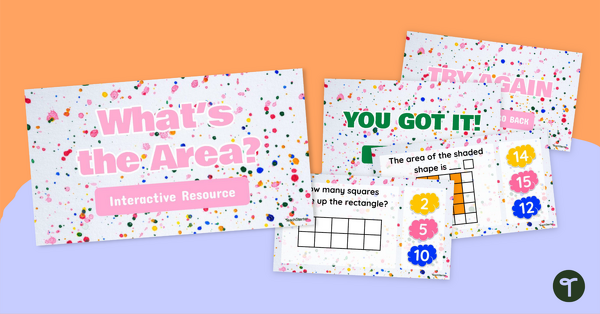
Assign this colourful area interactive activity in your next math class to help students practise measuring the area of regular and irregular shapes!
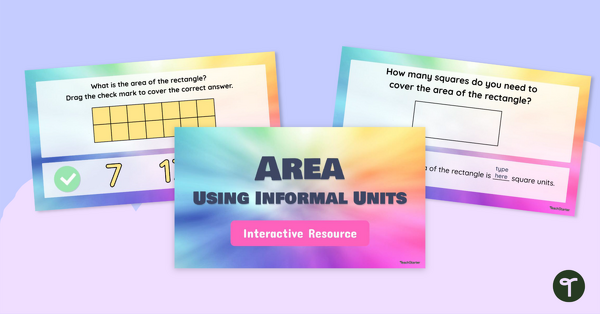
Use this set of ten interactive slides to help your students practise measuring the area of regular and irregular shapes using informal (square) units.
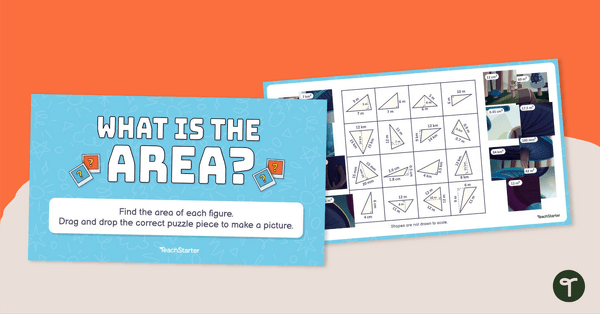
Have your students find the area of 16 triangles on the board and match the corresponding pieces to reveal a mystery picture.

Display this math poster showing the area formula for different 2D shapes during your space and measurement lessons.
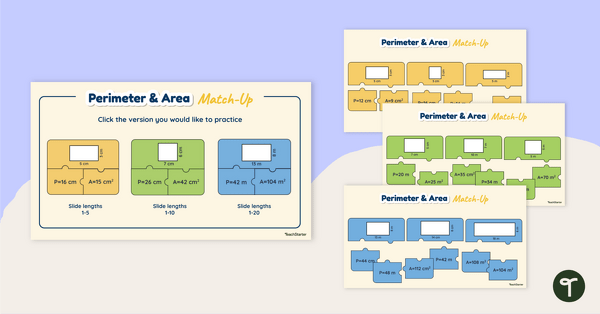
Give students practice finding the area and perimeter of squares and rectangles with these digital area and perimeter puzzles.
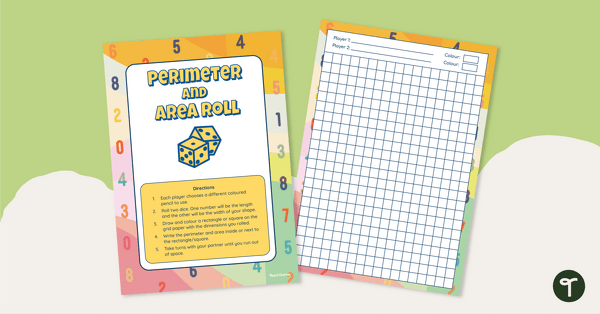
Use this area and perimeter dice game as a pair activity during your maths lessons on measurement.
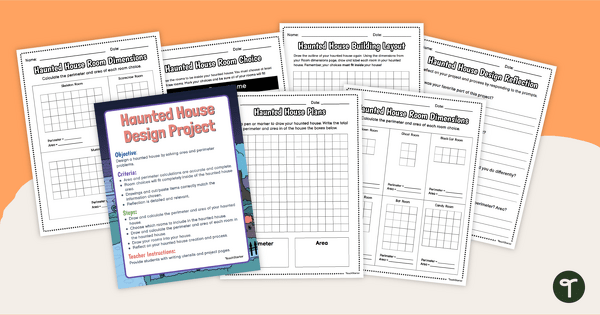
Design your own haunted house and practise finding the perimeter and area of rectangular figures with an exciting Halloween mathss Activity!
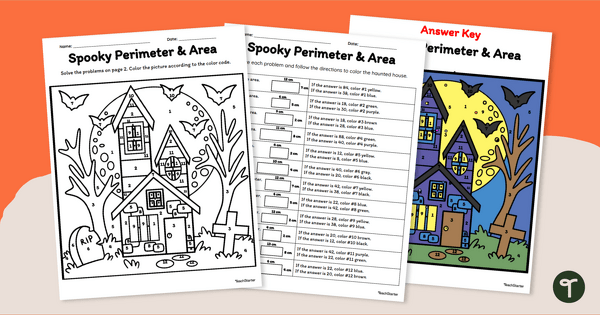
Use these Halloween colour-by-number worksheets to practise identifying the perimeter and area of regular polygons.
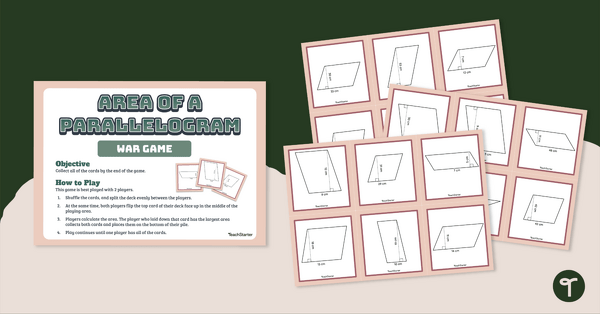
Practise finding and comparing the area of a parallelogram with a game of WAR!
9 Comments
Write a review to help other teachers and parents like yourself. If you'd like to request a change to this resource, or report an error, select the corresponding tab above.
No comments yet.